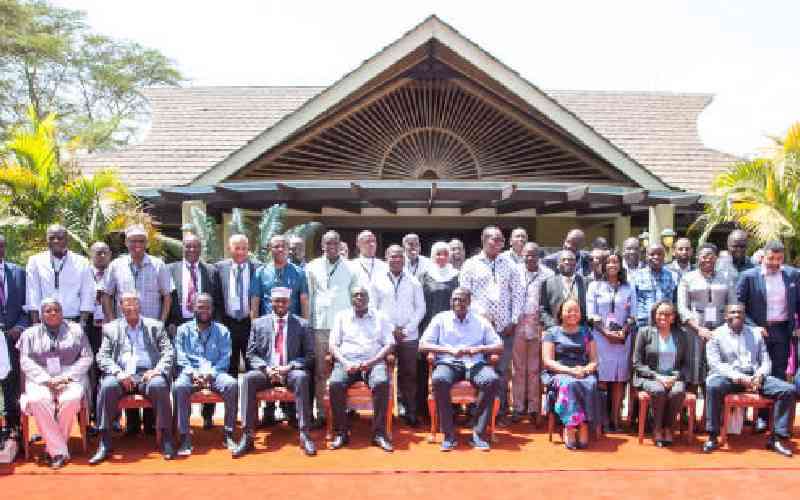
It is always surprising that the headlines in our budgeting process focus on only one of our 48 governments; the national one. Without scandals, we tend to ignore our 47 county governments.
Which is probably why we hear little real debate around the proposed national and county equitable shares for the forthcoming 2023/24 fiscal year. As we head into a National and County Government Coordinating Summit ("The Summit", comprising the president and all 47 governors) over the next couple of days, disagreements between and across multiple parties on this equitable share will dominate the order of business, or at least that is what our media wants us to believe.